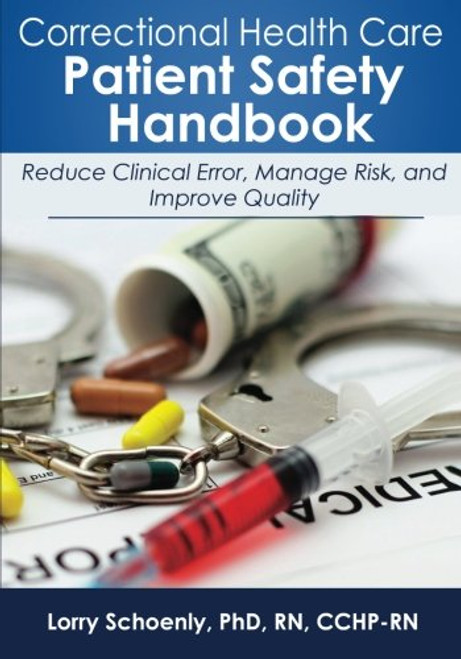Healthcare leaders around the world are facing tough challenges, including the need to deliver better value for patients and payers, which means improving quality while reducing cost. It might seem impossible to do both, but organizations around the world are proving it's possible, through Lean. Health systems are able to enhance all dimensions of patient care, including both safety and service, while creating more engaging and less frustrating workplaces for healthcare professionals and staff all leading to improved long-term financial performance.
Building on the success of the first two editions of this Shingo Prize-Winning book, Lean Hospitals: Improving Quality, Patient Safety, and Employee Engagement, Third Edition explains how to use the Lean philosophy and management system to improve safety, quality, access, and morale while reducing costs. Lean healthcare expert Mark Graban examines the challenges facing todays health systems, including rising costs, falling reimbursement rates or budget constraints, employee retention, and harm to patients.
The new edition of this international bestseller (translated into eight languages) begins with an overview of Lean methods and mindsets. It explains how engaging staff and leaders in Lean practices such as value stream mapping and process observation can help reduce wasted motion for caregivers, prevent delays for patients, and improve the long-term health of your organization. In addition to a new introduction from John Toussaint, this updated edition includes:
- New and updated material on identifying waste, A3 problem solving, employee idea management, kanban for materials management, and strategy deployment
- New case studies and examplesincluding a new 5S case study (Franciscan St. Francis Health) and other case examples highlighting the challenges and successes of an academic medical center and a small urgent access hospital, featuring quotes and stories from executives
- New examples and updated data throughout, including revised chapters on patient safety and patient flow challenges and the improvements driven by Lean
Detailing the mindsets and methods needed for a successful transition to a Lean culture, the book provides the understanding of Lean practicesincluding value stream mapping, standardized work, error proofing, root cause problem solving, and daily improvement processesneeded to reduce common hospital errors and improve performance in other dimensions. The balanced approach outlined in this book will guide you through the process of improving the quality of care and service while reducing costs in your hospital.
*The Lean Certification and Oversight Appeals committee has approved Lean Hospitals as recommended reading for those in pursuit of Lean Bronze Certification from SME, AME, Shingo Prize, and ASQ












